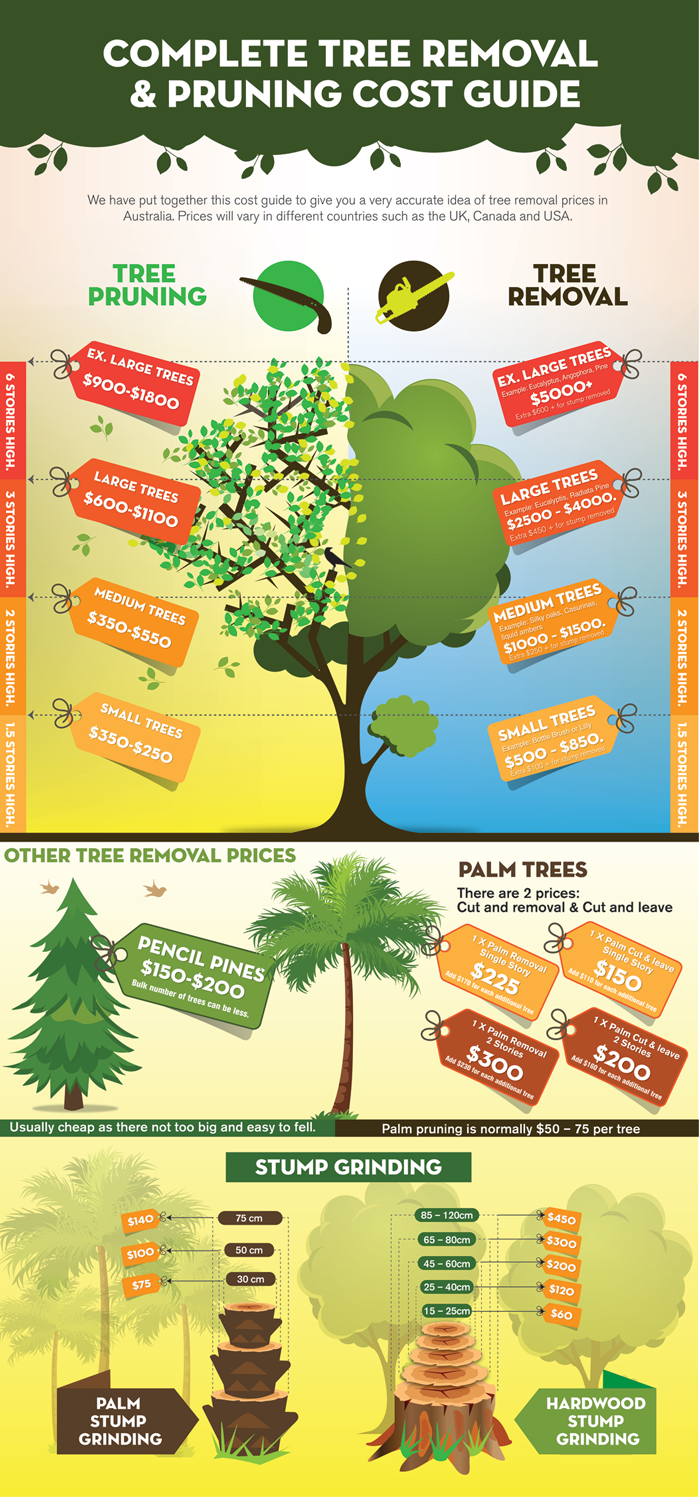Signs It's Time For Tree Elimination: Just How To Recognize Unsafe Trees
Signs It's Time For Tree Elimination: Just How To Recognize Unsafe Trees
Blog Article
Content By-Harper Emerson
When it involves tree treatment, acknowledging the indications that it's time for elimination is important for your safety and security and residential or commercial property. How To Remove Ivy From Trees may observe discolored leaves, wilting branches, or strange fungal developments indicating illness. Architectural concerns, like a considerable lean or cracks in the trunk, can likewise position risks. Comprehending these indication can assist you make educated choices concerning your trees and protect against potential dangers lurking in your yard. What should you look for next?
Indications of Decay and Disease
When you discover signs of decay and disease in your trees, it's essential to act quickly. Search for stained fallen leaves, wilting branches, or uncommon growths like fungus. These can suggest that your tree is struggling.
If you see splits in the bark or soft, mushy wood, these signs recommend inner degeneration. In addition, a sudden boost in pests around your tree can signify that it's weakened and prone.
Check for any kind of dead or passing away limbs, as they pose a danger to your residential or commercial property and safety. If you doubt regarding what you see, speaking with an arborist can offer clearness.
Resolving these indicators early can conserve you from extra extensive damages and make certain the wellness of your yard. Do not wait up until https://stump-fire06284.blog-ezine.com/35432093/the-complete-process-of-removing-tree-stumps-crucial-expertise-you-should-have 's far too late.
Structural Instability and Leaning
As you observe your trees, watch out for any type of indicators of architectural instability or leaning. If a tree leans considerably, it might indicate that the root system is endangered.
Look for any kind of splits in the trunk or dirt around the base; these can indicate possible failure. Additionally, check for uncommon growth patterns, like an unbalanced crown, which may suggest that the tree is having a hard time to hold itself upright.
If you see that the tree leans toward your home, high-voltage line, or other frameworks, it postures a higher danger. Don't overlook these indicators-- seek advice from an arborist to examine the situation.
Acting early can avoid pricey damages and ensure your security.
Dead or Perishing Branches and Vegetation
If you observe dead or dying branches and foliage on your tree, it's a clear indication that something's incorrect.
These undesirable locations can indicate underlying issues like condition, insect problems, or environmental anxiety. When branches shed their leaves or turn brownish, they're no more contributing to the tree's wellness. Overlooking these indications might cause more decrease, making your tree a lot more hazardous.
Dead branches can conveniently break short throughout storms, posturing a danger to residential property and people nearby. It's essential to analyze the level of the damages.
If the problem influences a significant part of the tree, consider seeking advice from a professional. They can help establish if elimination is needed to make sure safety and keep the appeal of your landscape.
Final thought
If you notice any kind of indicators of decay, architectural instability, or dead branches on your trees, don't neglect them. These signs can pose major safety and security risks to you and your building. It's always best to consult a specialist arborist that can give a professional evaluation of your trees. Taking action early can prevent mishaps and pricey damage, ensuring your landscape remains safe and healthy. Keep in mind, it's better to be proactive concerning tree care than to wait on a disaster to take place.
